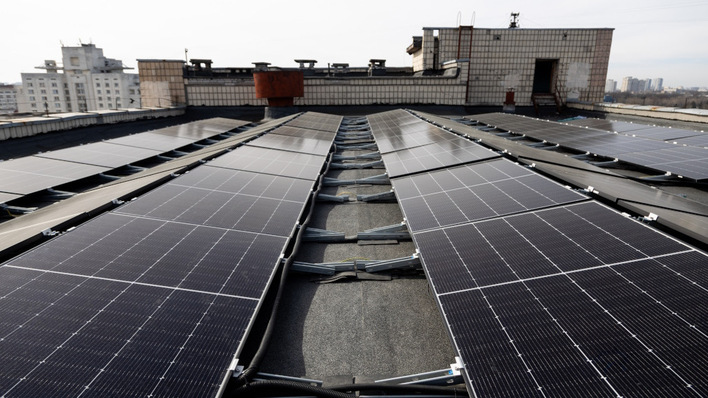Energy storage is emerging as a crucial tool for the energy transition, especially with recent advances in system design and deployment. Among the various technologies, battery energy storage systems (BESS) are proving to be key enablers of industrial progress.
Challenges in the industrial sector
European industry is grappling with a twofold challenge: scaling up on-site renewable energy while using it as efficiently as possible. On sunny or windy days, generation can exceed demand, but output often falls short during calm or overcast periods.
Commercial and industrial energy storage solutions play a vital role in balancing these fluctuations. They store surplus energy when supply is high and release it when needed, ensuring a stable and reliable energy flow. Alongside economic benefits, ESS help companies meet sustainability targets, cut emissions, and make more efficient use of energy.
Increasing efficiency and reducing costs with ESS
Advances in battery technology and system design have made energy storage solutions more efficient, affordable, and accessible for commercial use. Integrated systems with shorter installation and commissioning times ease deployment, making storage an increasingly attractive option across many industries.
Also see: Large battery storage systems in Europe are all the rage
Storing energy during low-cost, low-demand periods and using it at expensive peak times allows businesses to cut costs while supporting grid stability. This is especially beneficial for energy-intensive industries like manufacturing, logistics, cold storage, or operations that rely on heavy machinery. These systems reduce grid dependence and boost operational efficiency. Hybrid solutions such as PV systems combined with storage further enhance renewable energy use and drive down long-term costs. In doing so, ESS help businesses align with Europe’s broader environmental goals.
Key requirements and technologies for industrial energy storage
Commercial and industrial ESS face different demands than residential systems, as they must handle larger energy volumes and support a wide range of business sizes. Key requirements include durability, efficiency, scalability and long-term reliability.

Sungrow
Innovations such as advanced cooling methods, scalable modular designs, and improved energy management technologies have allowed companies to expand storage capacity as needed without incurring excessive costs. These modular systems enable businesses to align energy capacity with demand while maintaining strategic flexibility.
Also see: Expert analysis – How to approach battery energy storage systems in Europe
Enhanced cooling technologies such as liquid cooling, play a pivotal role in maintaining system efficiency and longevity by keeping batteries within their optimal temperature range. This thermal management not only enhances performance but also extends the lifecycle of the storage systems. Meanwhile, intelligent energy management systems (EMS) optimize energy storage and usage, dynamically responding to real-time data, including energy prices and grid conditions. This smart approach maximizes efficiency, lowers maintenance costs, and boosts overall system performance.
Safety and reliability in industrial energy storage
Safety and reliability are paramount in industrial and commercial ESS. Modern storage solutions incorporate advanced safety features and multi-layered protection systems, such as sophisticated temperature management and early warning mechanisms, to minimize risks and ensure secure operation.
These systems boast exceptional reliability, achieving operational uptimes exceeding 99%. Designed to endure a wide range of environmental conditions, including extreme temperatures and humidity, they integrate protective measures that enhance longevity and resilience in diverse industrial settings.
Conclusion
Energy storage systems are becoming indispensable for businesses seeking to thrive in the energy economy of the future. By delivering cost-efficient, reliable, and sustainable energy management solutions, these systems empower companies to meet both economic and environmental objectives.
Also see: Expert analysis – “Battery storage needs to be as lucrative to make as it is to use”
With ongoing technological advancements, scalable, secure, and efficient energy storage solutions will play an increasingly central role in the years to come. Companies investing in these innovations stand to benefit from reduced operational costs, improved efficiency, and a meaningful contribution to both their sustainability goals and broader economic resilience. (Timo Maier/hcn)








